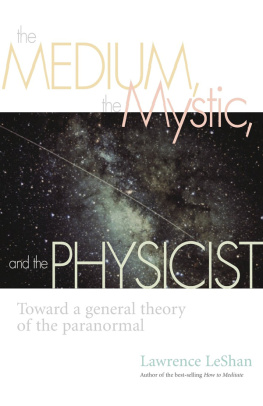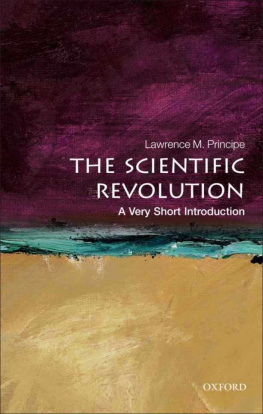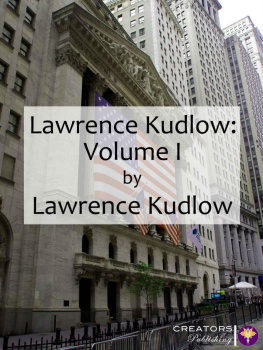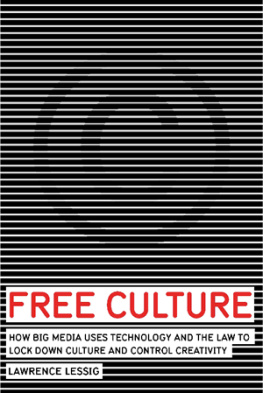Lawrence Sklar - The Nature of Scientific Theory
Here you can read online Lawrence Sklar - The Nature of Scientific Theory full text of the book (entire story) in english for free. Download pdf and epub, get meaning, cover and reviews about this ebook. publisher: Taylor and Francis, genre: Romance novel. Description of the work, (preface) as well as reviews are available. Best literature library LitArk.com created for fans of good reading and offers a wide selection of genres:
Romance novel
Science fiction
Adventure
Detective
Science
History
Home and family
Prose
Art
Politics
Computer
Non-fiction
Religion
Business
Children
Humor
Choose a favorite category and find really read worthwhile books. Enjoy immersion in the world of imagination, feel the emotions of the characters or learn something new for yourself, make an fascinating discovery.
- Book:The Nature of Scientific Theory
- Author:
- Publisher:Taylor and Francis
- Genre:
- Rating:4 / 5
- Favourites:Add to favourites
- Your mark:
- 80
- 1
- 2
- 3
- 4
- 5
The Nature of Scientific Theory: summary, description and annotation
We offer to read an annotation, description, summary or preface (depends on what the author of the book "The Nature of Scientific Theory" wrote himself). If you haven't found the necessary information about the book — write in the comments, we will try to find it.
The Nature of Scientific Theory — read online for free the complete book (whole text) full work
Below is the text of the book, divided by pages. System saving the place of the last page read, allows you to conveniently read the book "The Nature of Scientific Theory" online for free, without having to search again every time where you left off. Put a bookmark, and you can go to the page where you finished reading at any time.
Font size:
Interval:
Bookmark:

The Philosophy of Science
A Collection of Essays
Series Editor
Lawrence Sklar
University of Michigan

Series Contents
1. Explanation, Law and Cause
2. The Nature of Scientific Theory
3. Theory Reduction and Theory Change
4. Probability and Confirmation
5. Bayesian and Non-Inductive Methods
6. The Philosophy of Physics
The Nature of Scientific Theory
Edited with an introduction by
Lawrence Sklar
University of Michigan

First published by Garland Publishing, Inc.
This edition published 2013 by Routledge
711 Third Avenue
New York
NY 10017
2 Park Square, Milton Park
Abingdon
Oxon, OX14 4RN
Routledge is an imprint of the Taylor & Francis Group, an informa business
Introduction copyright 2000 Lawrence Sklar. All rights reserved.
Library of Congress Cataloging-in-Publication Data
Philosophy of science : a collection of essays / edited with an introduction by Lawrence Sklar.
p. cm.
A Garland seriesSer. t.p.
Includes bibliographical references.
Contents: 1. Explanation, law, and cause 2. The nature of scientific theory 3. Theory reduction and theory change 4. Probability and confirmation 5. Bayesian and non-inductive methods 6. The philosophy of physics.
ISBN 0-8153-2700-5 (v.l : alk. paper) ISBN 0-8153-2701-3 (v. 2 : alk. paper) ISBN 0-8153-2702-1 (v. 3 : alk. paper) ISBN 0-8153-2703-X (v. 4 : alk. paper) ISBN 0-8153-3492-3 (v. 5 : alk. paper) ISBN 0-8153-3493-1 (v. 6 : alk. paper)
1. SciencePhilosophy. 2. ScienceMethodology. 3. Physics Philosophy. I. Sklar, Lawrence.
Q175.P51227 1999
501dc21
99-40012
CIP
SET ISBN 9780815326991
POD ISBN 9780415870719
Vol1 9780815327004
Vol2 9780815327011
Vol3 9780815327028
Vol4 9780815327035
Vol5 9780815334927
Vol6 9780815334934
Contents
Grover Maxwell
Norwood Russell Hanson
Carl G. Hempel
Willard Van Orman Quine
Carl G. Hempel
Patrick Suppes
Bas C. van Fraassen
Bas C. van Fraassen
David Lewis
Lawrence Sklar
Arthur Fine
Nancy Cartwright
Lawrence Sklar
Lawrence Sklar
Hilary Putnam
W.V. Quine
W.V. Quine
From the earliest days of science, we find scientists proposing to explain the observable phenomena of the world by postulating the existence of entities and properties of entities not known to our common-sense picture of the world. In early Greek astronomy, for example, we have the explanations of the motions of the heavenly bodies that postulated these bodies to be lights attached to crystalline spheres. Contemporary science, of course, is replete with the postulation of vast numbers of such so-called theoretical entities and properties. We find scientists telling us about the existence of genes, of molecules, of atoms and subatomic particles, for example. And even more exotic entities and properties are posited. For example, we are told that there are such things as electromagnetic fields that pervade all of space. We are even told that spacetime itself exists as a needed explanatory entity in our scientific account of the world.
But again from the earliest days of science, we find skeptical arguments against the legitimacy of postulating these theoretical entities and properties. The skepticism is most likely to be directed against the reasonableness of postulating things and their features that are taken by science to be beyond the range of direct observation. And the skepticism is at its most intense when there are grounds for claiming that the postulated things and their properties are in principle forever outside of the range of possible observation.
Many Greek astronomers claimed, for example, that the aim of astronomy was not to discover the real mechanisms behind the motion of the heavenly bodies, but only to save the phenomena of the observed positions of the visible lights in the sky, that is to correctly predict the positions of the visible heavenly lights over time. This view of astronomy was appealed to much later, when some Copernicans, wary of opposition to their views by the religious, once again claimed for astronomy only the instrumental role of saving the observable phenomena. One can find similar skepticism with regard to taking the postulated unobservable things and properties of the atomic theory of matter in a straight-forward manner in the proposals of the Energeticists in the nineteenth century to view theories as merely simplest, most economical, or most elegant ways of summarizing the lawlike relations among the observable features of the world.
Beyond skeptical doubts about the legitimacy of postulating such entities, there are deep questions about how we even understand what we are talking about when we make assertions about the realm of the unobservable. Here it is not so much the truth of claims about the realm of being beyond the possibility of direct observation that is in question, but, rather, questions about how we could ever come to attribute meaning of any kind to the expressions we intend to use to refer to the unobservable things and features of the world.
Many accounts of the roles of theories in science assume that there is a coherent and principled distinction between what is observable and what is not observable. This distinction is generally supposed to be one that is not highly context dependent, and it is supposed to be a kind of distinction in principle that allows for philosophically interesting distinctions between the way in which assertions about the observable get their meaning from the way in which meaning accrues to assertions about the unobservable. But it is not easy to characterize what is supposed to count as the genuinely observable features of the world.
This problem is taken up in the readings in Section A of this volume.
Even given some presupposed legitimacy to the distinction of observables from unobservables, many questions remain about how we are to understand the theories of science that make reference to allegedly unobservable entities and properties.
How, for example, assuming that we know the meanings of terms and sentences referring to the observable, are we to determine whether or not assertions about the unobservable are meaningful enough to count as legitimate scientific claims? Early positivists and operationalists thought that for a theoretical term to be meaningful, it would have to be provided with an explicit definition in terms of concepts referring to the observables. From that point of view, there would not be any theoretical terms, properly so-called.
But must there be some sort of explicit definability of the expressions relating to the unobservable in terms of expressions directed at the observable if the terms playing roles in theories are to be intelligible? Might not language referring to the unobservable obtain its legitimacy in some holistic manner, by that language playing a significant role in a wide structure of assertions that is tied down to observation only as a whole theoretical network of assertions?
And if we are to understand our theoretical discourse in this more holistic manner, exactly how should we offer a philosophically formal analysis of the ways in which theoretical networks introduce reference to the unobservable into our scientific accounts of the world? There are a number of distinct proposals as to how to use our formal apparatus of syntax and semantics of languages along with formal logic, to try and do justice to the structure of theories in science. The hope is that such formal reconstructions of scientific theories will help us to understand their asserted content and will provide resources useful in addressing philosophical questions about the roles of theories in science.
Next pageFont size:
Interval:
Bookmark:
Similar books «The Nature of Scientific Theory»
Look at similar books to The Nature of Scientific Theory. We have selected literature similar in name and meaning in the hope of providing readers with more options to find new, interesting, not yet read works.
Discussion, reviews of the book The Nature of Scientific Theory and just readers' own opinions. Leave your comments, write what you think about the work, its meaning or the main characters. Specify what exactly you liked and what you didn't like, and why you think so.










